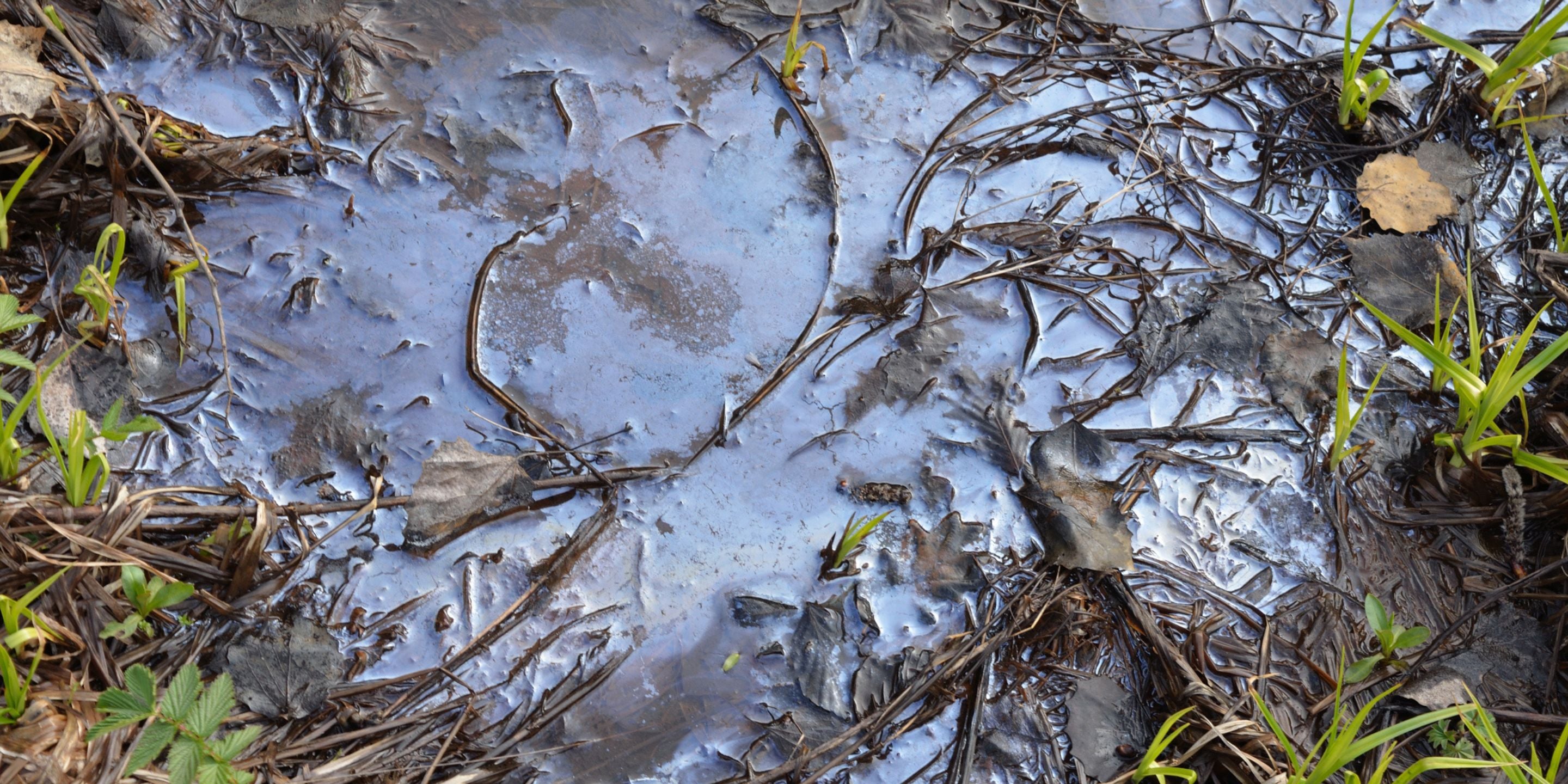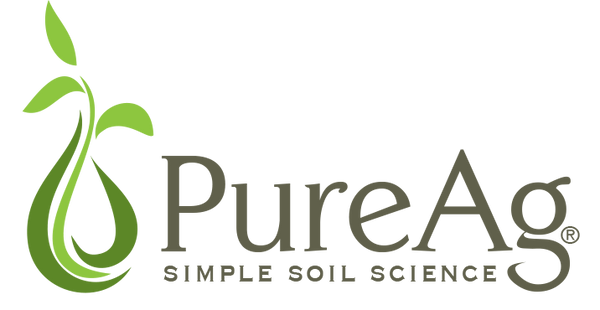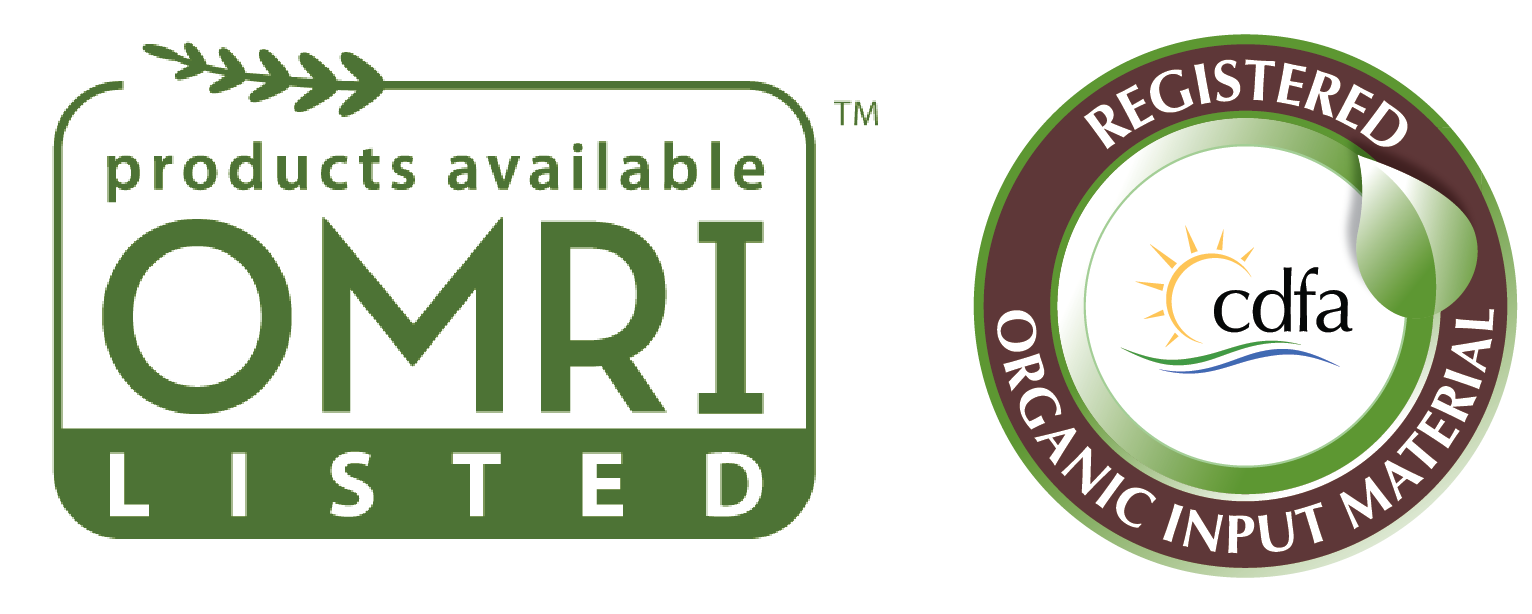Bioremediation

Bioremediation
Remediating Using Bacteria, Algae or Fungi
PureAg green chemistry and microbiology products are presently used in the bioremediation industry. Bioremediation has been broadly defined as the use of biological processes to restore contaminated segments of the environment. Within the waste treatment industry, bioremediation typically refers to the use of microbes (bacteria, algae or fungi). For many years, this technique has been used successfully to treat sewage, chemical, petroleum, explosive, paper and food processing wastes. Bioremediation has proven to be a cost-effective method to treat soils contaminated with heavy organics, including the ability to break down toxic substances in situ into harmless constituents. Some estimates have shown that bioremediation can cost as little as 1% of off-site treatment and in many circumstances it is the only economically viable alternative. PureAg green chemistry and microbiology products provide technical and economic improvement over other soil washing approaches.
The principal technologies are a unique blend of non-toxic surfactants, emulsifiers and nutrients which break down pollutants including hydrocarbons, solvents and pesticides into smaller units, emulsifying, and coating them in a nutrient. The resulting stable emulsion is highly attractive to specially selected bacteria and fungi. The emulsion is rapidly consumed, easily digested and the resulting fluid is rendered free of pollutants. The hydrocarbons are broken down into non-toxic end products (carbon dioxide, water and biomass). The rate of the treatment process is enhanced by the addition of oxygen or air, which speeds the multiplication of bacteria. Special strains of pollutant consuming bacteria further speed the consumption of the emulsified pollutants.

